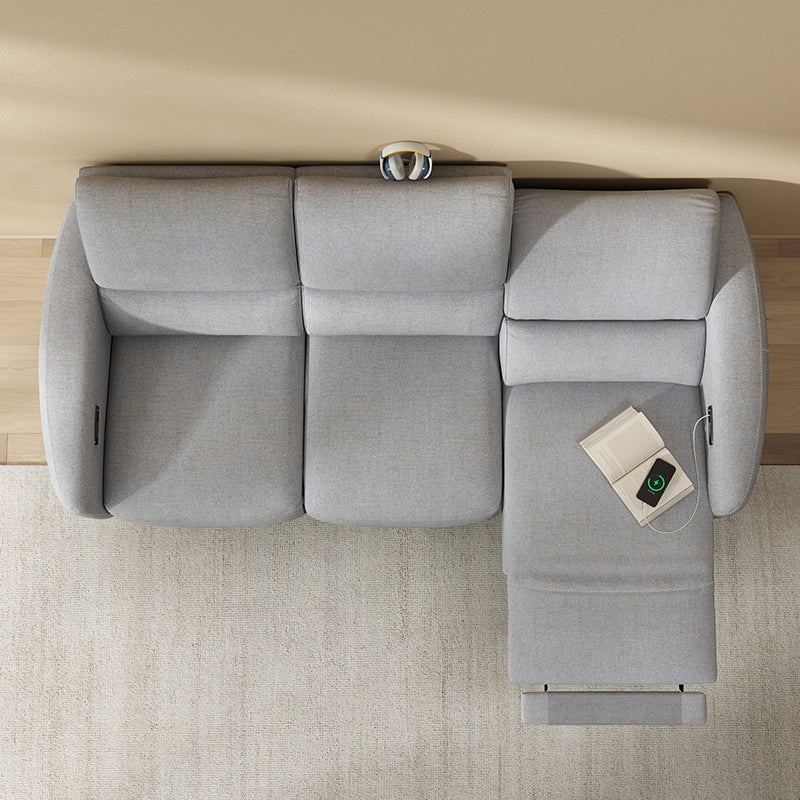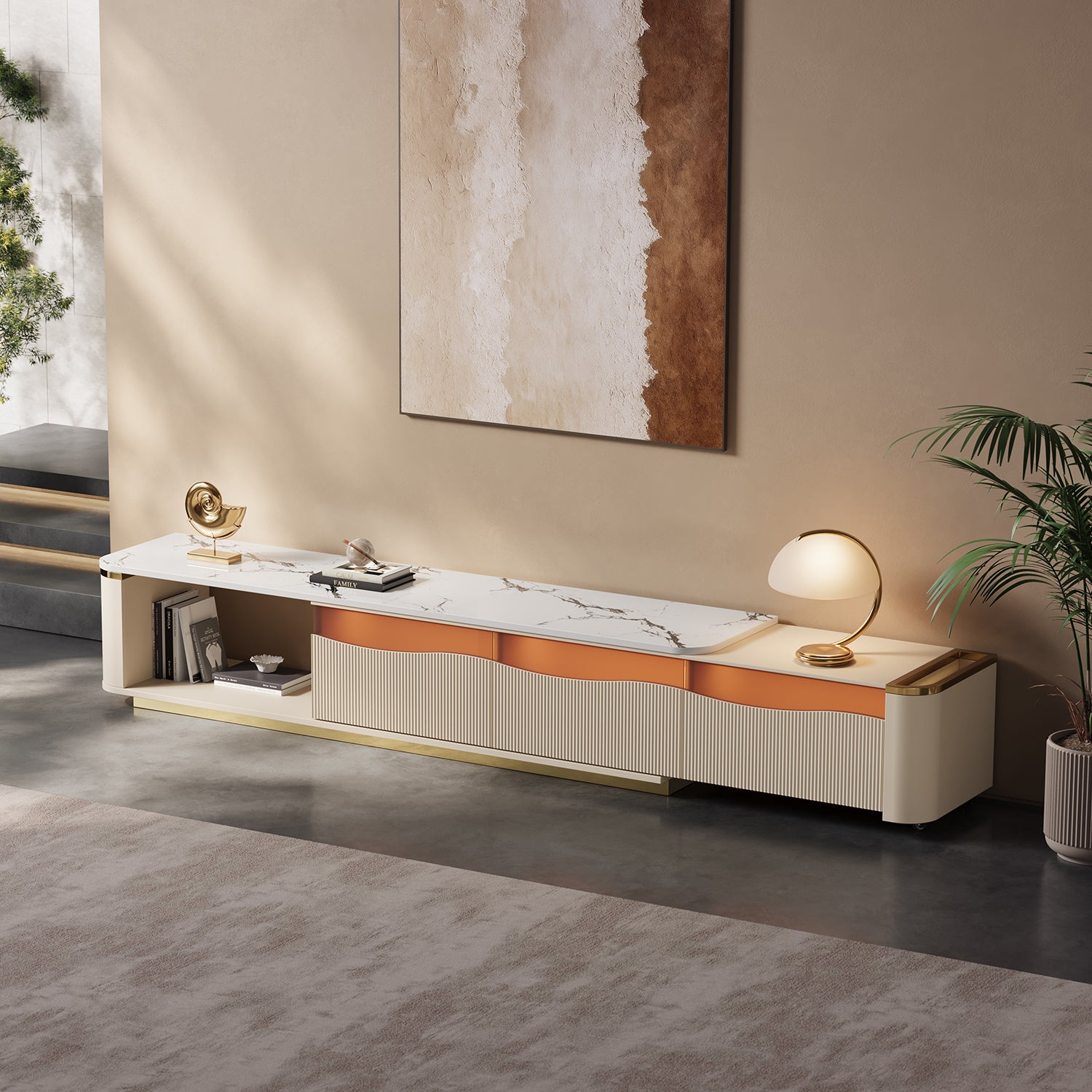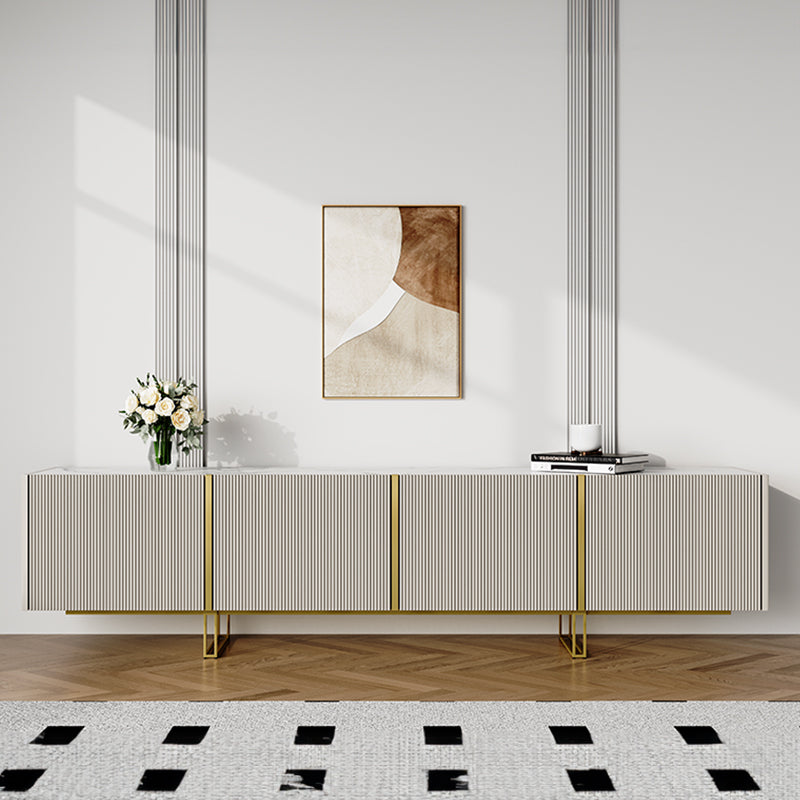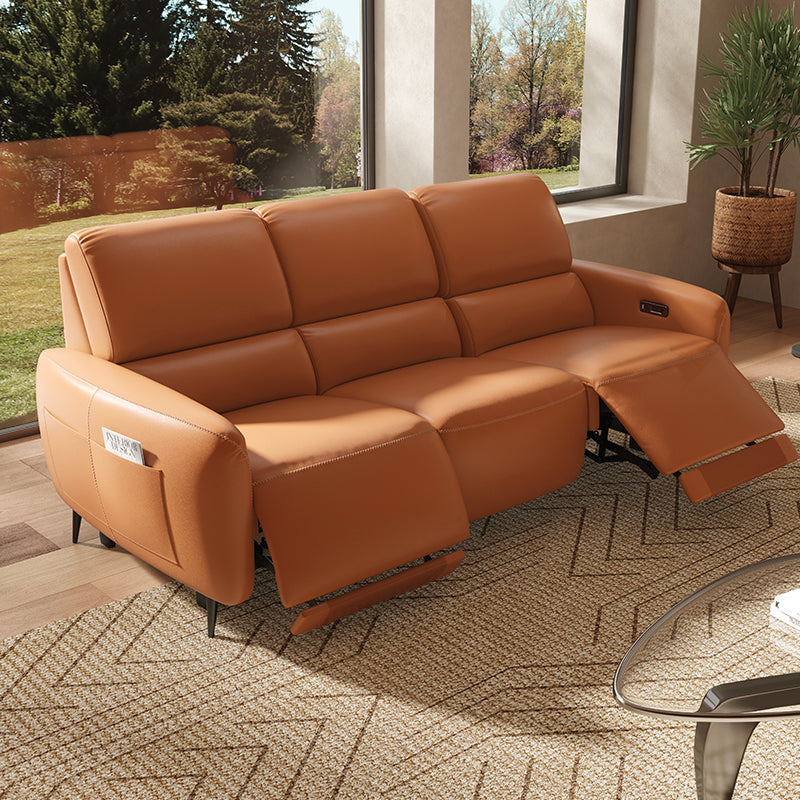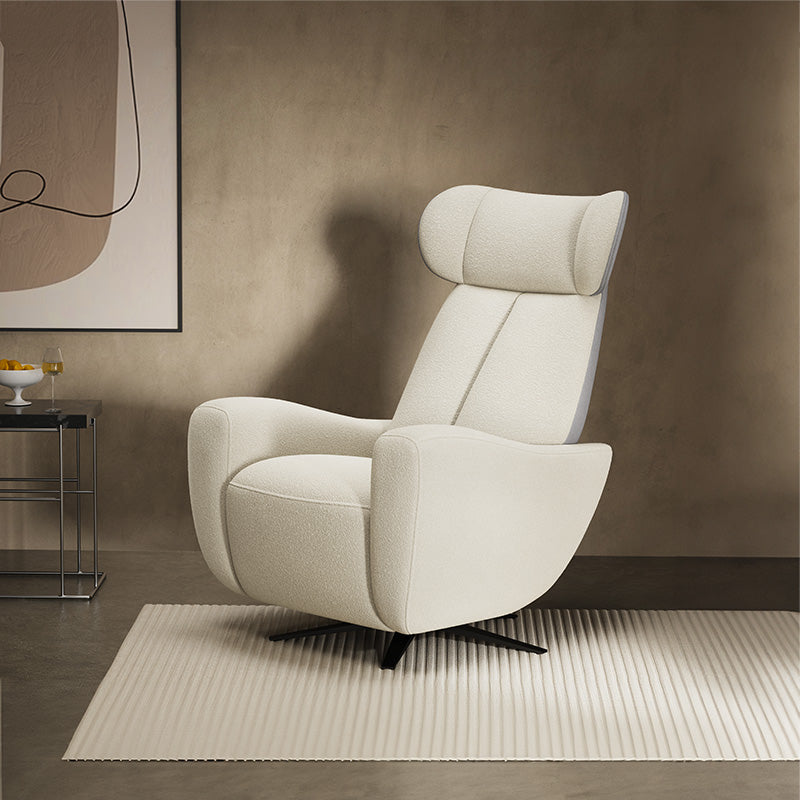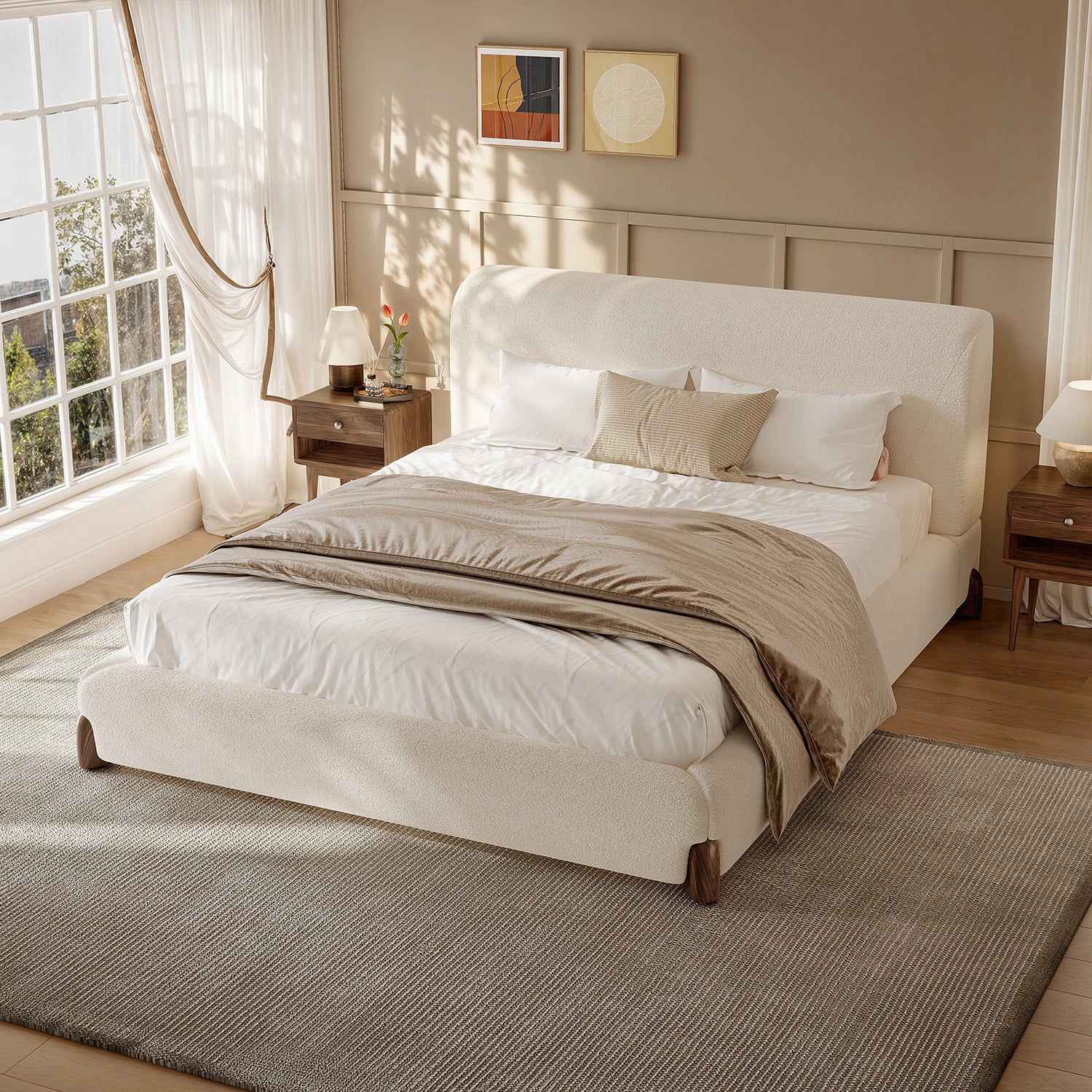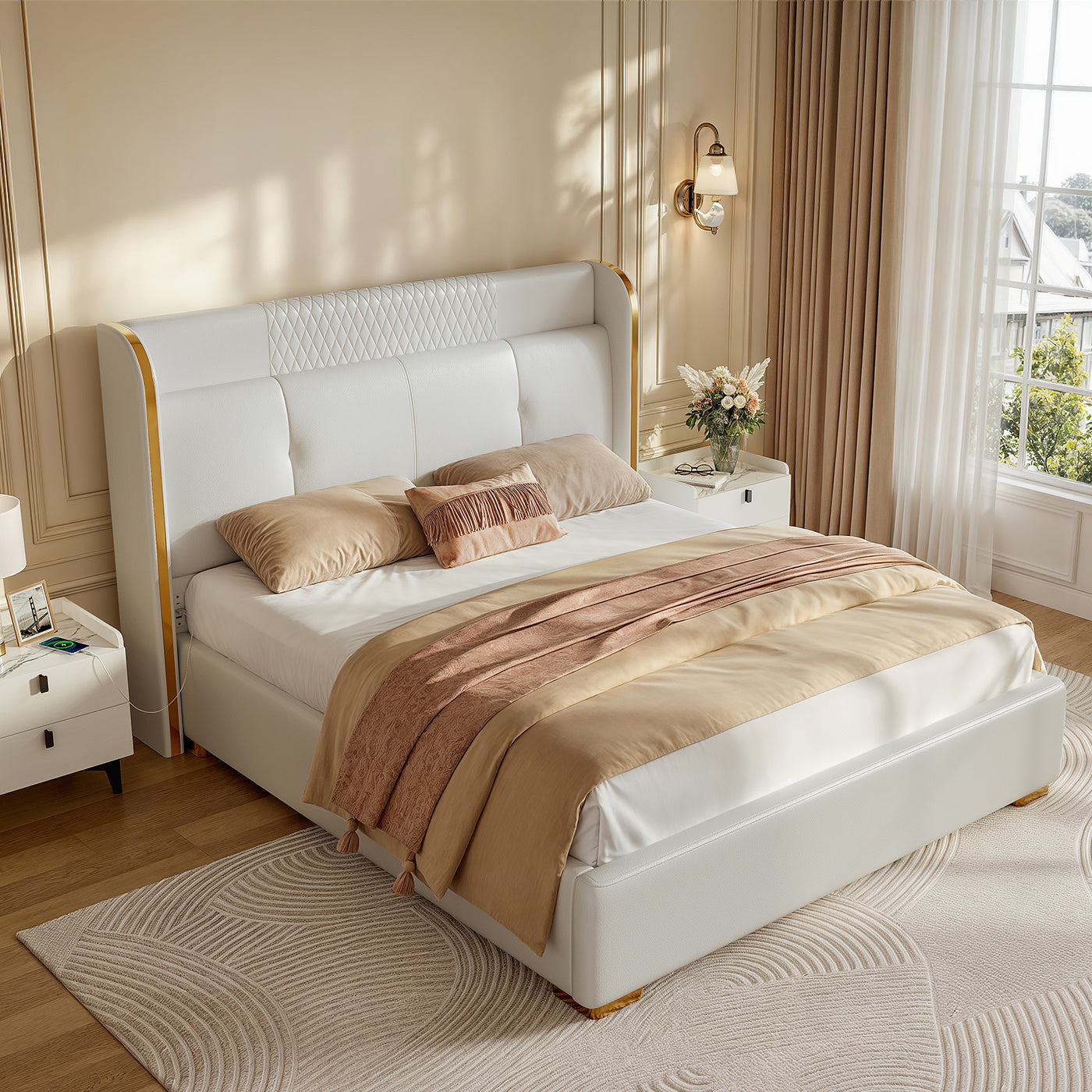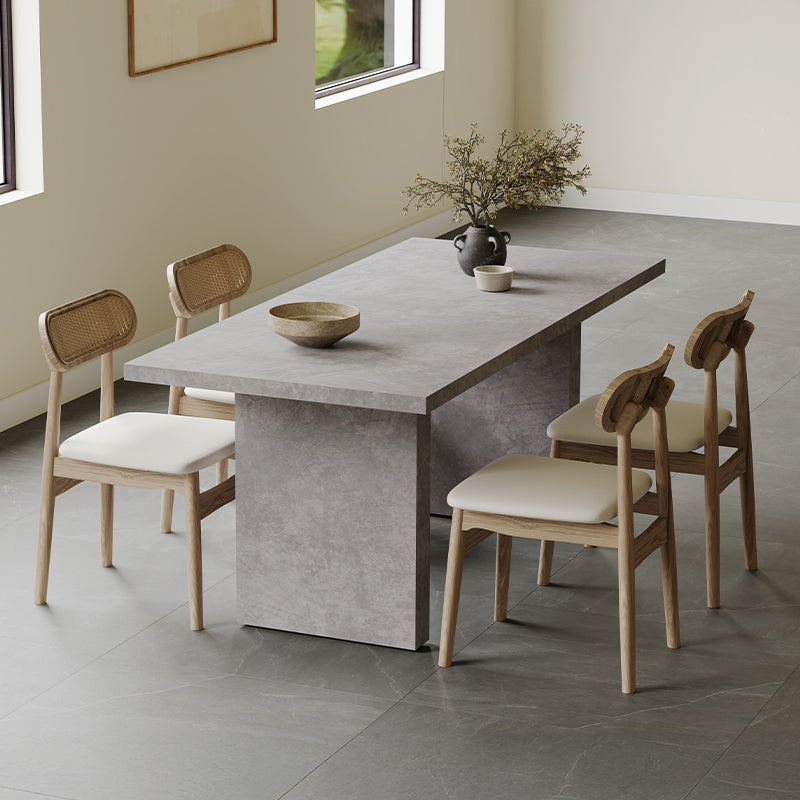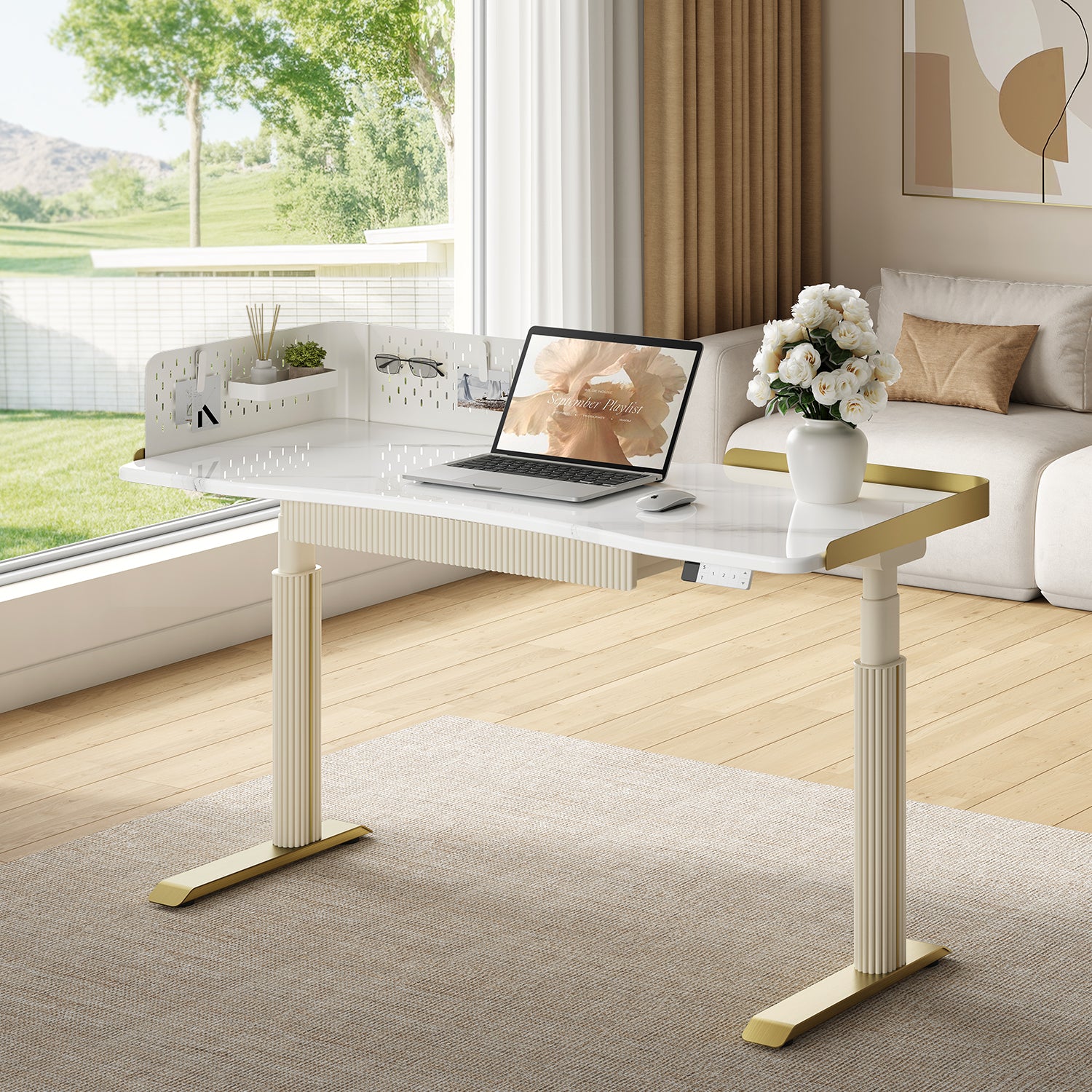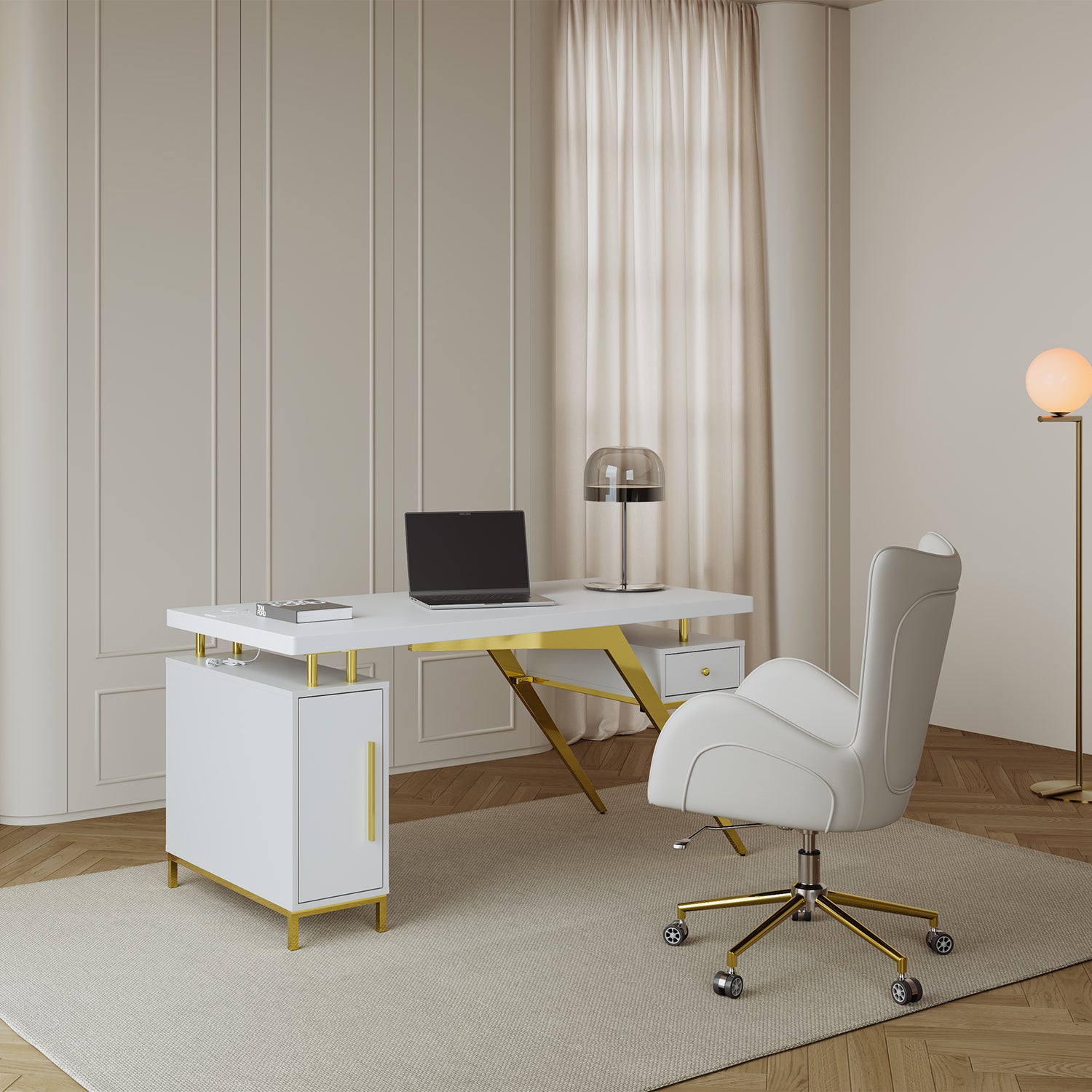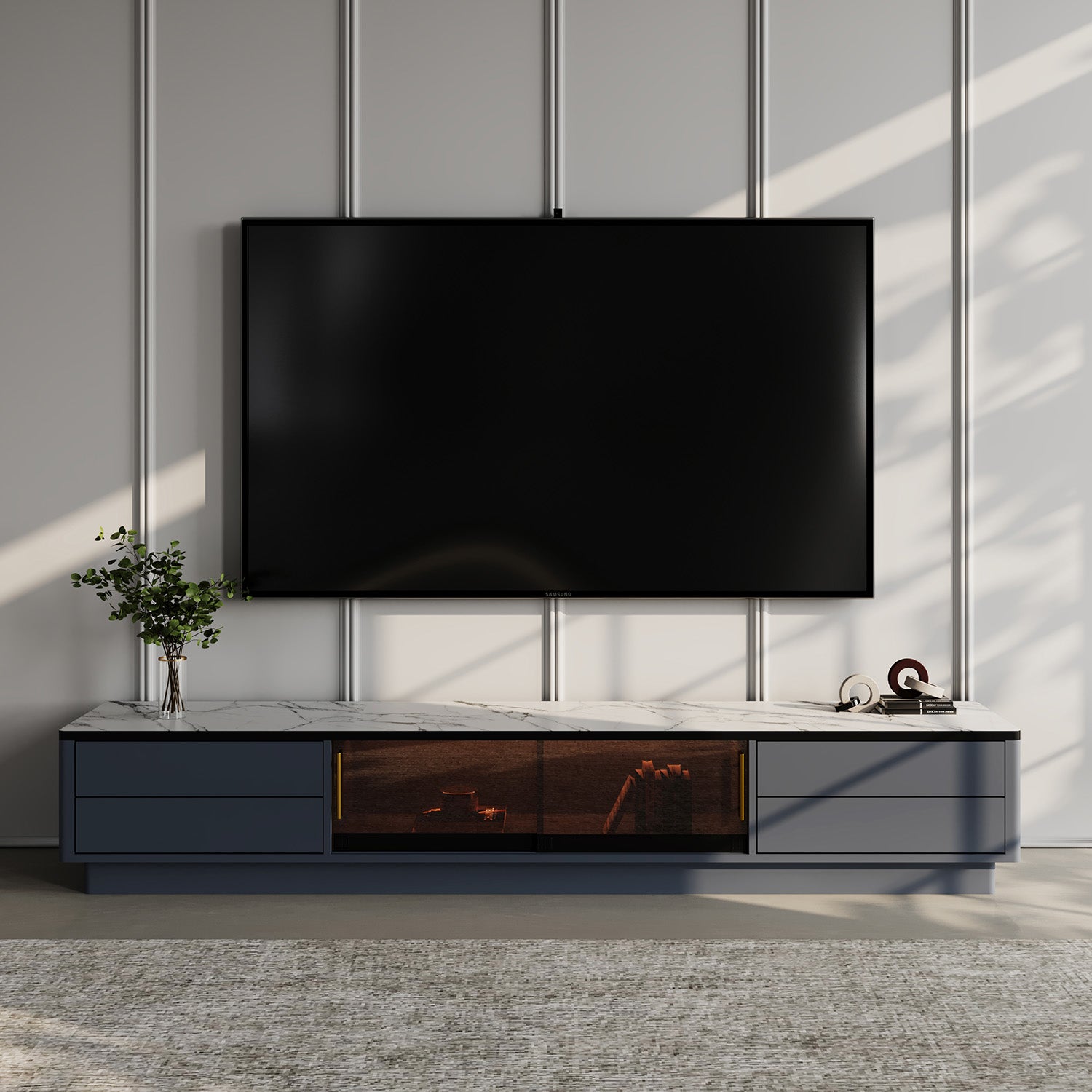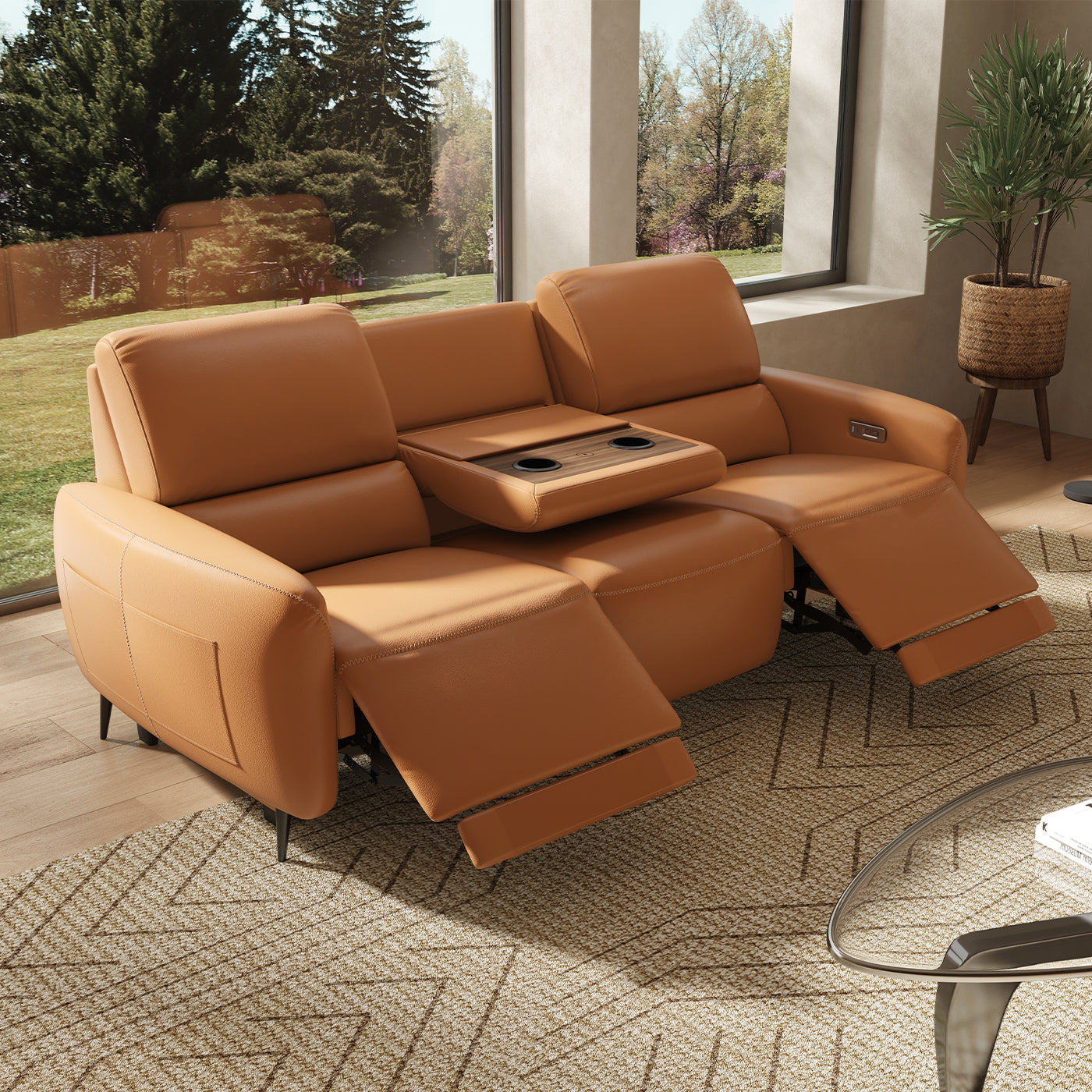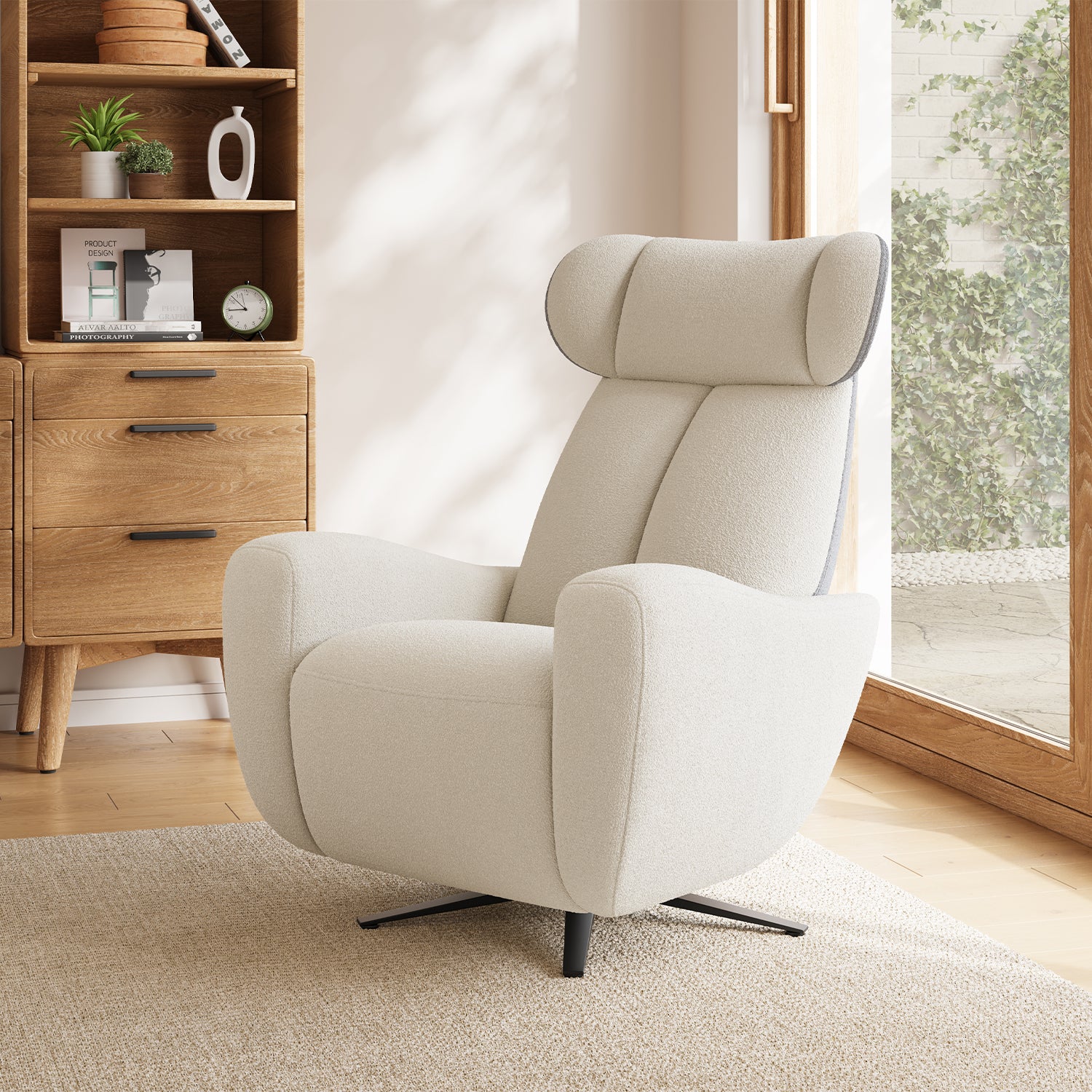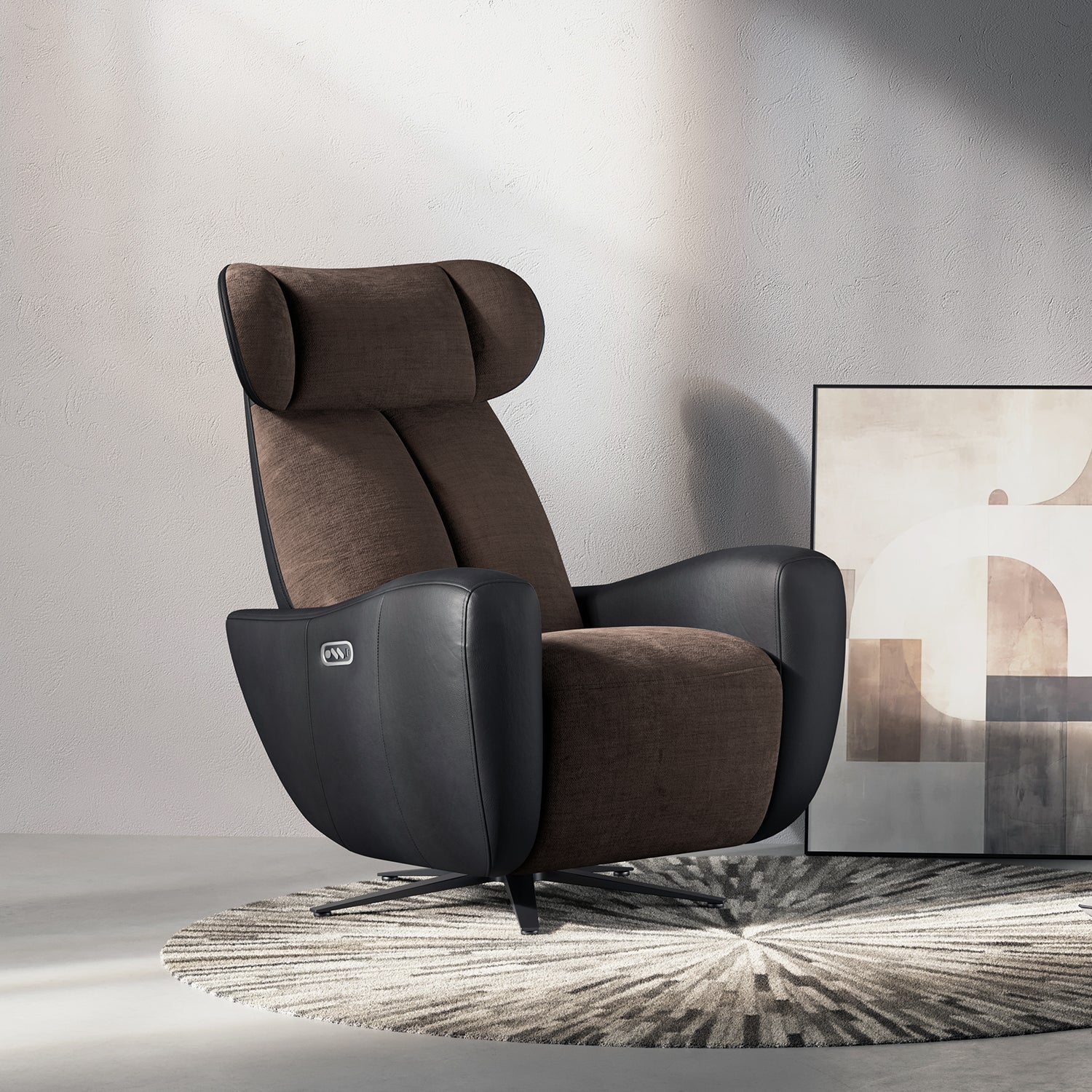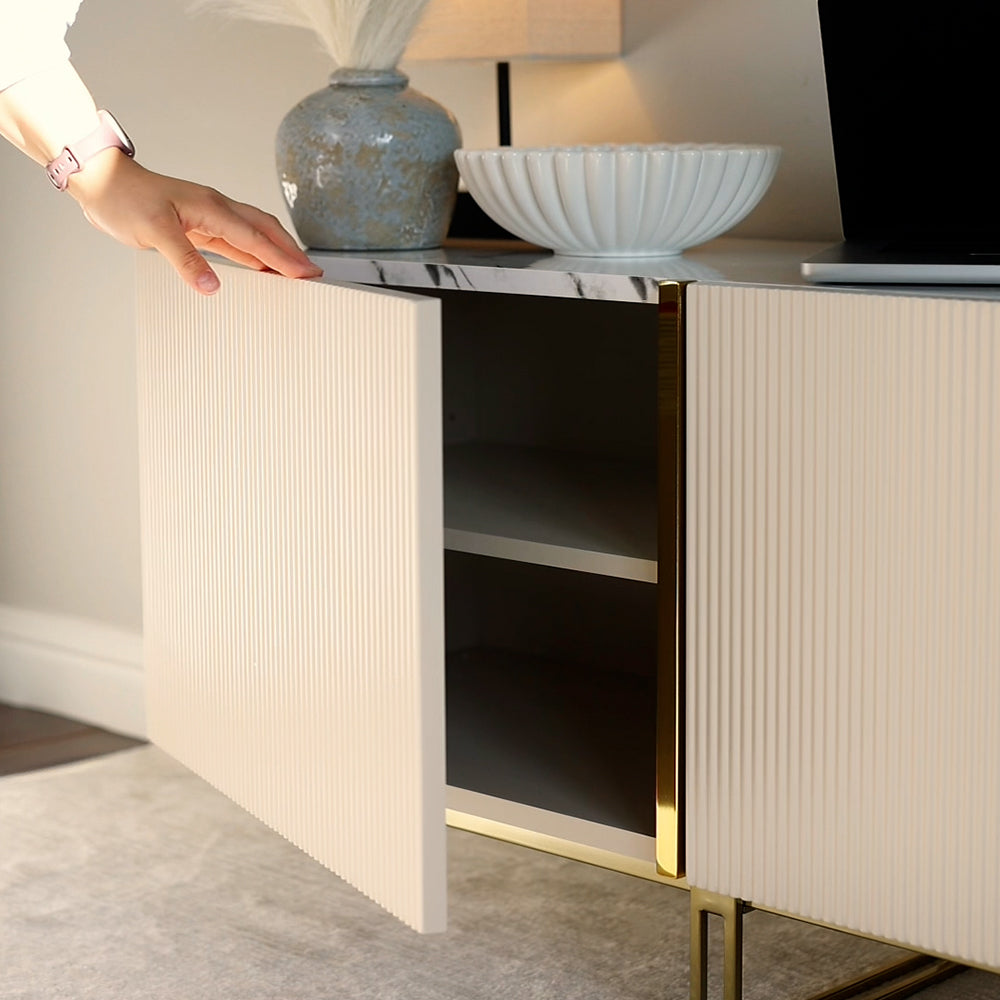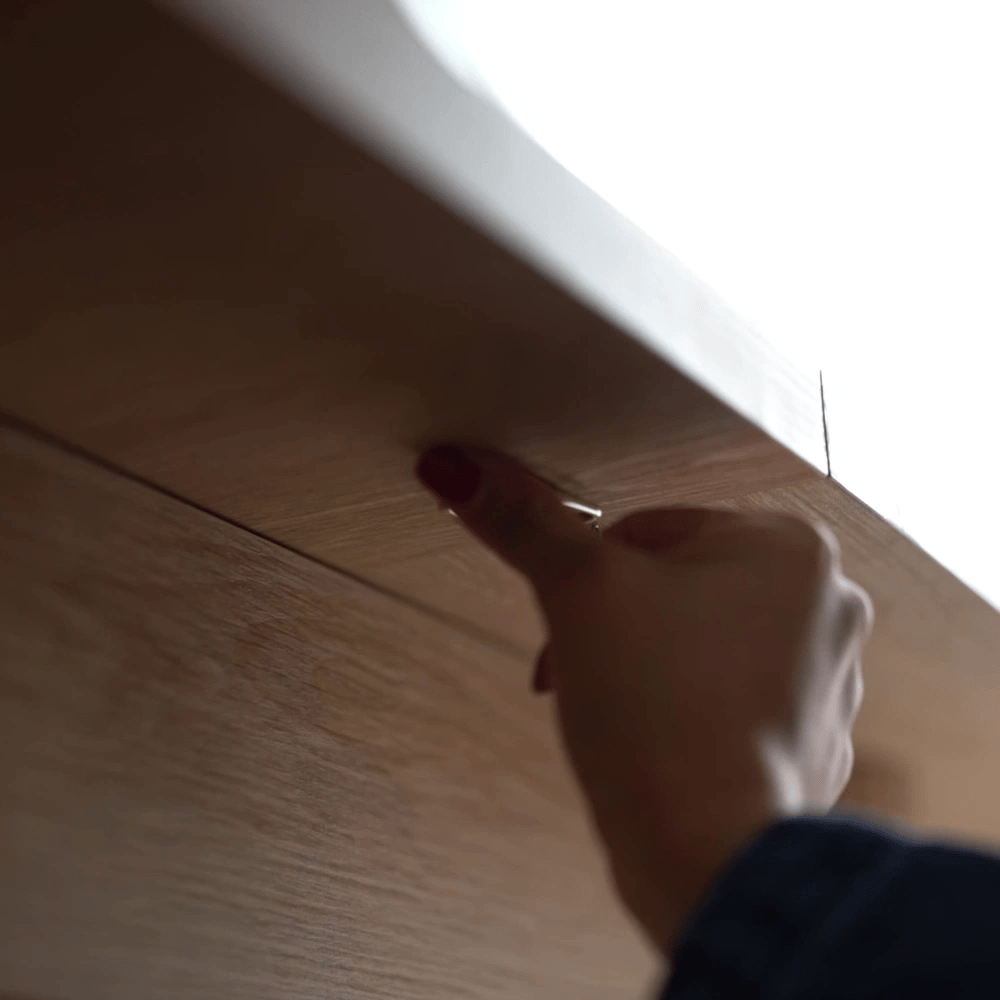Maybe you’ve just scored a gorgeous vintage sofa at a secondhand store and need to know how to give it a deep clean. Or perhaps your once-pristine sofa is starting to show signs of age? Over time, crumbs, spills, pet hair, dirt, and oils from hands and feet accumulate on upholstered furniture, leaving it looking less than fresh.
Experts like Stanley Steemer recommend cleaning living room furniture every 12 to 18 months, though you may need to clean it more often if it gets heavy use, if you have pets, or if it tends to get stained easily. Regular cleaning not only helps restore the appearance of your furniture but also extends its lifespan, removes unpleasant odors, and contributes to a cleaner indoor environment.
Here's how to clean furniture made of a variety of fabrics and materials.
Table of Content
1.Vacuum the Sofa
Grab a handheld vacuum or the brush attachment on your regular vacuum to remove debris and dirt from the surface of the couch. Don’t forget to clean the crevices where pet hair, crumbs, and dirt tend to hide. If your cushions are removable, take them off and vacuum both sides for a thorough clean
2.Clean the Wooden or Metal Parts

For the non-fabric areas of your sofa, like the feet or any metal components, wipe them down with a solution of warm water and a few drops of liquid dish soap. If needed, you can use more heavy-duty cleaners, such as homemade wood cleaners and polishes. Be sure to finish off with a microfiber cloth to avoid leaving soap residue on the surface.
3.Identify the Fabric Type
Check the tag on your couch for specific cleaning instructions based on the upholstery material. The codes on the label will guide you:
WS: Use a mild detergent with a steam vacuum or a dry-cleaning detergent.
S: Only use a dry-cleaning detergent.
X: Vacuum only—no water.
W: Water can be used for cleaning.
4. How to Remove Odors
Before addressing any odors, it’s important to determine the fabric type of your furniture, as some materials may not be suitable for liquid treatments.
For neutralizing odors, baking soda is your best friend. It's a proven odor eliminator (as many of us know from using it in our fridges!). Sprinkle a generous amount of baking soda over the couch cushions (make sure to check fabric labels and do a patch test first). Use a soft-bristle brush to work the baking soda into the fabric, let it sit for a few minutes, and then vacuum it up.
For more stubborn odors, vinegar is a powerful, natural option. Mix vinegar with a bit of water in a spray bottle, and lightly spray it on the upholstery. Once it dries, the vinegar smell will fade. If either baking soda or vinegar alone doesn’t do the trick, combine them for a double-action odor-fighting solution.
If you're dealing with pet odors, consider using an enzymatic neutralizer like Nature’s Miracle to spot-treat the problem areas and eliminate smells at the source.
5.Treat Secondhand Upholstery for Bugs
Even if you know your secondhand recliner couch came from a clean home, it's always a good idea to take precautions and treat it for pests. Many commercial bug sprays are non-toxic and safe for children and pets. Alternatively, you can sprinkle diatomaceous earth on the upholstery, leave it for several hours, and then vacuum it up for a pest-free finish.
6.How to Clean Fresh Spills
When a spill happens, the first thing you should do is blot, not rub. Use an absorbent cloth to gently blot the liquid, helping to soak up as much as possible before it seeps deeper into the fabric. Blotting prevents the spill from being rubbed into the material and can also keep the liquid from reaching the foam layers beneath. The more moisture you can absorb right away, the less likely it is that internal damage will occur to your furniture.
7.Remove Stains With a Steam Cleaner

You may think that stubborn stains, like dried spills or grimy armrests, are here to stay, but a steam cleaner can work wonders in lifting embedded dirt from fabric. A steam cleaner designed for upholstery and carpets—especially one with a detail cleaning attachment—is ideal for this job. Make sure to use a low-heat setting, and always test it in a discreet area of the fabric to ensure it doesn’t react poorly to the heat. Avoid using steam on upholstery made from or containing silk, as it can damage the fabric.
8.Try a DIY Cleaner

If you don’t have a steam cleaner on hand, you can make your own mild cleaning solutions using natural ingredients you likely already have in your kitchen. Homemade cleaners are not only budget-friendly, but they’re also better for the environment.
Here’s how to clean a sofa by fabric type:
For fabric upholstery: Mix 1/4 cup of vinegar, 3/4 cup of warm water, and 1 tablespoon of dish soap or Castile soap. Pour the solution into a spray bottle, then mist the stained area. Use a soft cloth to scrub until the stain lifts. Wipe away the soap with a second cloth moistened with clean water and dry the area with a towel.
For leather upholstery: Combine 1/2 cup of olive oil with 1/4 cup of vinegar in a spray bottle. Spray the mixture onto the leather surface and buff with a soft cloth.
For synthetic upholstery: Mix 1/2 cup of vinegar, 1 cup of warm water, and 1/2 tablespoon of liquid dish soap or Castile soap in a spray bottle. Mist the stained area and scrub gently with a soft cloth until the stain disappears.
9.Let the Sofa Dry

After cleaning, use a towel to blot up any excess moisture from the sofa. Allow the furniture to air dry completely. If the weather is humid, you may want to place a box fan near the sofa to speed up the drying process. It’s important to dry the fabric thoroughly, as lingering moisture can lead to mildew growth.
What Do Professionals Use to Clean Upholstery?
Depending on the type of fabric, professionals may use a special upholstery shampoo or a cleaning technique known as "hot water extraction." This method involves injecting hot water mixed with a cleaning solution into the fabric to lift dirt. The dirty water is then extracted, leaving the furniture dry within a few hours.
More Upholstery Cleaning Tips
Lint Roller
For couches made from fabrics that attract lint, hair, or dust, having a lint roller specifically for your couch is a must. It works wonders for light de-linting but can also tackle larger messes. If you don’t have a lint roller handy, you can also use large pieces of packing tape to quickly remove pet hair or dust from your upholstery.
Leather Soap and Conditioner
For leather couches, leather soap and conditioner are essential to maintain their sleek, clean look. In addition to using these products, you can wipe down your leather furniture with a slightly damp cloth once a week to keep it fresh and well-maintained.
Steam
If your couch is made from a fabric that’s safe for water-based cleaners, steaming can be a great way to loosen dirt and lift stains. Here’s a simple trick: Take your iron, set it to the "steam" function, and gently wave it across any problem areas on your couch. The steam will help release embedded dirt, making it easier to clean.
Care Instructions for the AeroStretch Three-Seater Power Recliner Sofa
Polyester Care:
- Vacuum regularly to keep the fabric fresh.
- For stains, gently spot clean with a mild soap solution, using a soft cloth.
- Allow air drying after cleaning. Avoid using harsh chemicals that could damage the fabric.
Top-Grain Leather Care:
- Dust frequently with a soft cloth.
- Clean spills immediately with a damp cloth, avoiding excess moisture.
- Use a leather conditioner to maintain softness and prevent cracking, especially every 6–12 months.
Conclusion
Maintaining a clean and fresh sofa requires regular attention and care. By following the steps outlined, such as vacuuming, cleaning wooden or metal parts, addressing odors, and using appropriate cleaning solutions for different fabric types, you can ensure that your furniture stays in excellent condition for years. Whether you're dealing with a secondhand 3-seater recliner couch, fresh spills, or stubborn stains, the right cleaning methods can help preserve its appearance and extend its lifespan. Regular maintenance not only enhances the look of your couch but also contributes to a healthier and more comfortable living environment. Choose our Aliving Home products to make cleaning effortless and worry-free, ensuring your furniture remains fresh and easy to maintain for years to come.
If you want to buy our home furniture or couch for living room, you can check out more on our store

